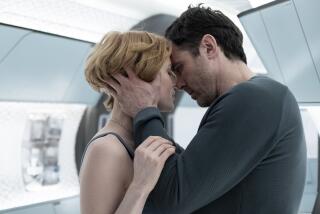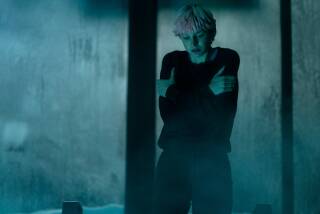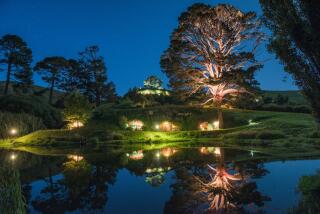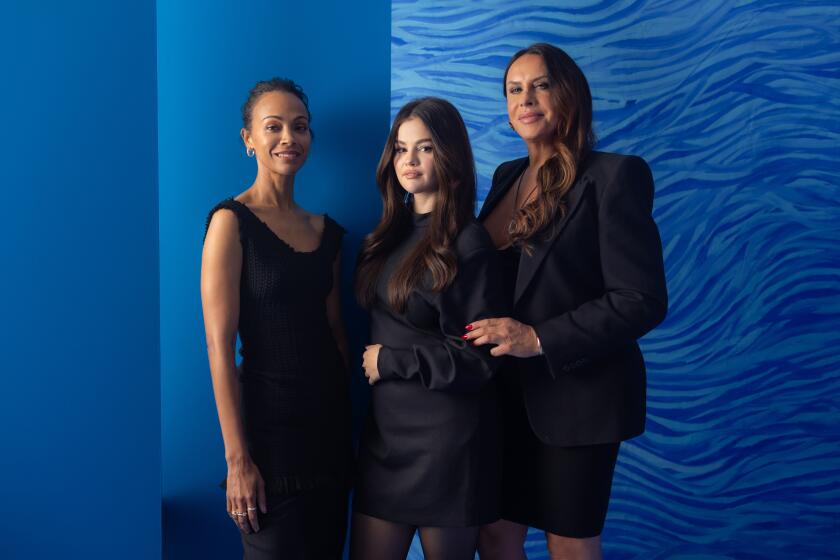What it took to film ‘The Last Airbender’ in icy Greenland
When it comes to film locations, few could be considered as forbidding as Greenland.
After all, 85% of the land is covered in ice.
But the world’s largest island proved to be the ideal backdrop for some key scenes in “The Last Airbender,” Paramount Pictures’ $150-million fantasy adventure film that hit theaters last week and has since earned $69.3 million at the box office. And there wasn’t a film tax credit in sight to take advantage of.
The latest film by director M. Night Shyamalan, which is based on the Nickelodeon animated TV series, is about an avatar who controls the elements of fire, air, earth and water.
The tribe representing the water nation lives in an icy environment. And producer Frank Marshall knew that when it comes to ice, there is no better place to go than Greenland.
The veteran producer behind the “ Indiana Jones” and “Bourne” films was no stranger to Greenland, which is part of Denmark. He previously worked there on the 2006 Walt Disney Pictures film “Eight Below,” starring Paul Walker.
“When we needed a location that called for ice, icebergs and no trees, we knew exactly where to go,” said Marshall.
Marshall and fellow producer Sam Mercer could have filmed the scenes on a soundstage using “green screen” technology, but they wanted the real thing — even if it meant having actors perform in sub-zero temperatures.
“When you’re using real elements, it brings an honesty to a lot of the scenes,” Marshall said.
Only nine days out of 80 were actually filmed in Greenland, but it took months of preparation.
The main location for filming was a village in the coastal town of Ilulissat (which means “iceberg”) that was accessible only by ship or small plane.
Two months before filming began in February 2009, crews began building a village that featured 11 full-size igloos that had been molded out of fiberglass in Philadelphia and transported by ship. All the supplies, food and wardrobe materials filled 10 shipping containers.
To stay warm, actors wore extra layers of silk underwear, and costumes were reinforced with high-performance polar material. Shoes were built on insulated platforms to keep actors’ feet from coming in close contact with the ice.
Special care had to be taken to ensure that hairpieces were completely dry to prevent them from freezing before being applied to performers’ heads.
On one occasion, when crew members traveled to a remote location to film on a frozen lake, they had to take a survival kit in case they were caught in a blizzard and couldn’t make it back.
Fortunately, the filmmakers had high-speed Internet access, thanks to a recently installed cable line running underneath the sea, that allowed them to watch dailies in their rooms at the Hotel Arctic back in Ilulissat.
The town had 4,000 people and 5,000 dogs, Marshall noted. “There was a lot of howling at night so it was kind of hard to get to sleep.”
Despite those and other inconveniences, not to mention the absence of a film tax credit, Marshall said he had no regrets. “You can’t beat it,” he said. “We couldn’t have built a set anywhere else like this.”
More to Read
Only good movies
Get the Indie Focus newsletter, Mark Olsen's weekly guide to the world of cinema.
You may occasionally receive promotional content from the Los Angeles Times.











